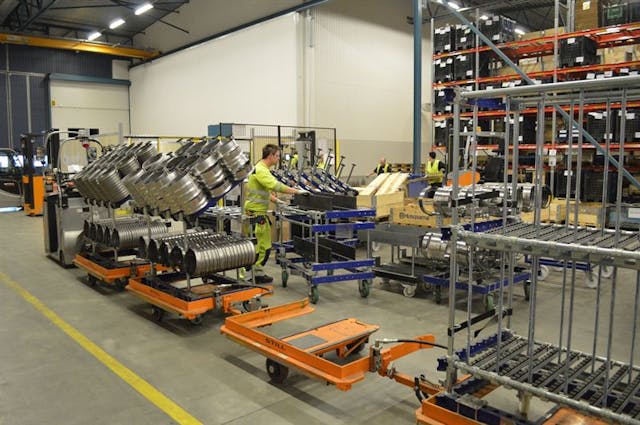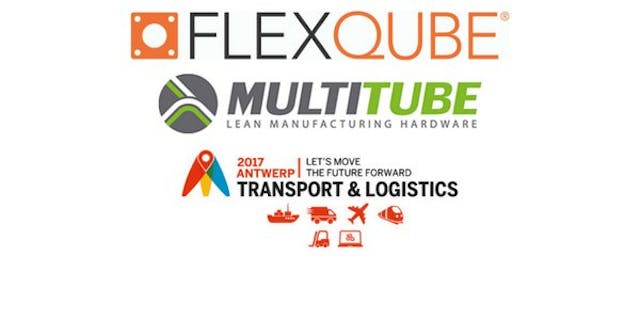100 employees killed by fork-lifts in 2015. Keep them safe by switching to the FlexQube fork-lift free initiative.

2016 will be the year of the “fork-free” initiative
Fork lifts will start to make their disappearance in areas where the risk of injuries are the highest, like in assembly- and production areas, but later also as a vision throughout the plant, including the warehouse, shipping and supermarket areas.
Why is that?
Well to begin with, there are about 100 fatal accidents caused by fork-lifts each year just in the US! In addition, there are almost a 100,000 accidents that result in injuries*. Approximately 35,000 are considered to be serious injuries. According to the Industrial Truck Association, “There are about 855 000 fork-lifts in the U.S. and therefore 11% of all fork-lifts will be involved in an accident each year!” The total cost for accidents involving fork-lifts is estimated to be approximately $135,000,000 each year!
There are other aspects as well. If you operate the fork-lift, there is a high possibility that you will be involved in an accident at some point during your career. Caused or not caused by the driver, it still may cause serious stress for that person.
Fork-lifts are also a very inefficient way of moving material which is the same thing as expensive. It creates a noisy and possibly a dirty (if not electric) work environment. To transport material using fork-lifts limits the amount of goods that can be moved at the same time to one or maybe a couple of skids (if stacked on each other). Stacking also means a safety risk with limited visibility for the driver. Some companies try to solve this by letting the fork-lift driver run the fork-lift on reverse causing a bad ergonomic situation for the driver instead.
Using tugger trains or other methods to create an efficient material flow is essential to lean manufacturing. We have a lot of experience from a variety of industries in what and how it can be done. In addition to easy-rolling and robust tugger train carts you get the modularity and the flexibility of our concept if you choose FlexQube!
Anders Fogelberg
CEO, FlexQube – https://www.linkedin.com/in/andersfogelberg
Visit our Solutions Library™!
Some of our customer references below
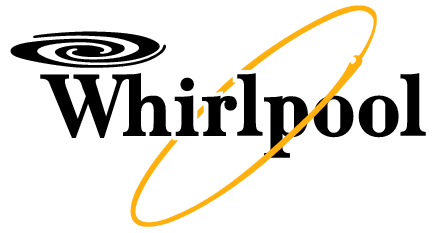
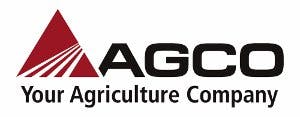
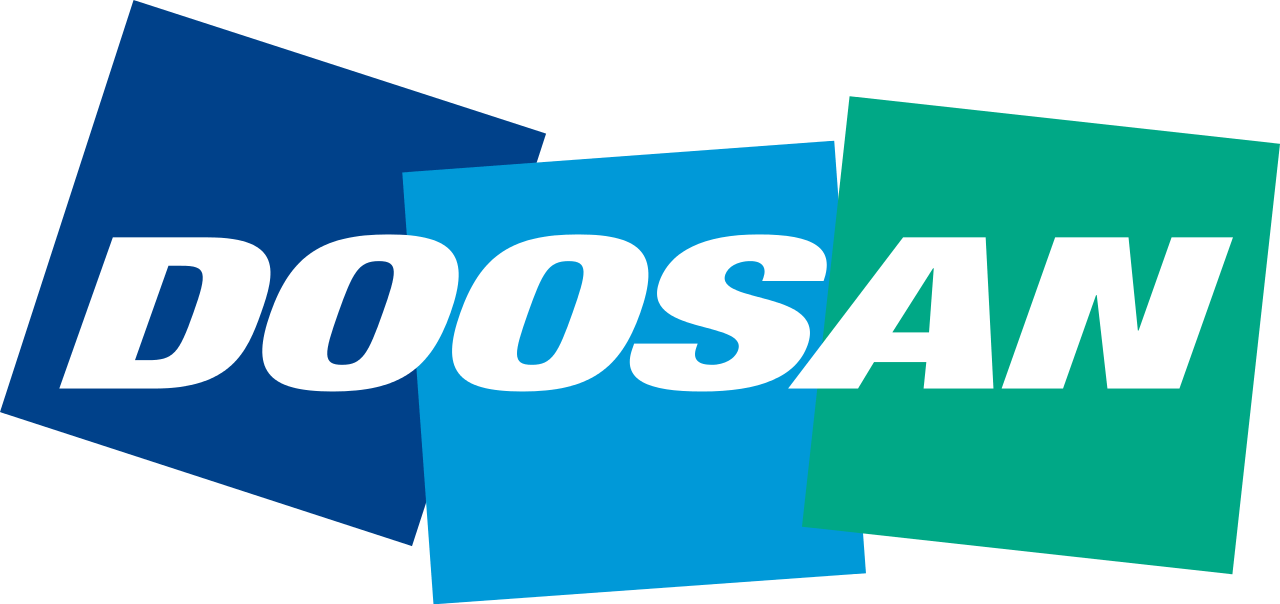
WATCH VIDEOS FROM SOME OF OUR FORK-LIFT FREE PROJECTS BELOW!
FlexQube tugger carts with foot release tow bar with Linde Material Handling tugger. Click here or picture below to watch video.
FlexQube and 50×50 inch carts at Kapital Produce, Ontario, Canada. Click here or picture below to watch video.
FlexQube has a long history of successful implementations of tugger trains together with STILL Liftrunner Tugger Train System, often referred to as mother daugther cart systems. FlexQube can offer trolleys to any kind of frame offered by Liftrunner, which means for example, B-frames, E-frames or C-frames.
Video below from Eberspaecher Exhaust Technology where FlexQube have more than 300 carts together with STILL Liftrunner E-frames.
Watch how Eberspächer eliminated fork-lift traffic completely and reduced material transports by 60% using the modular FlexQube concept and the Liftrunner Tugger Train with E-frames. Click here or picture below to watch video.
If you’re interested in a FlexQube solution, contact us on sales@flexqube.com
You may also like:
What is a mother-daughter cart system?
How to start the transition from forklifts to a tugger train system



